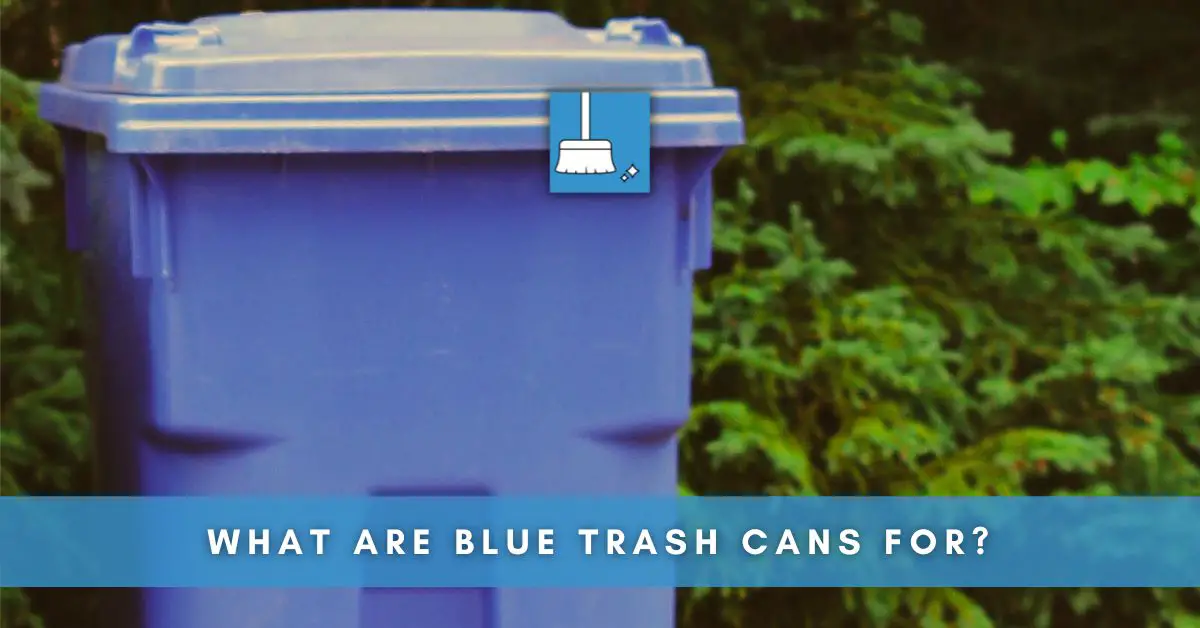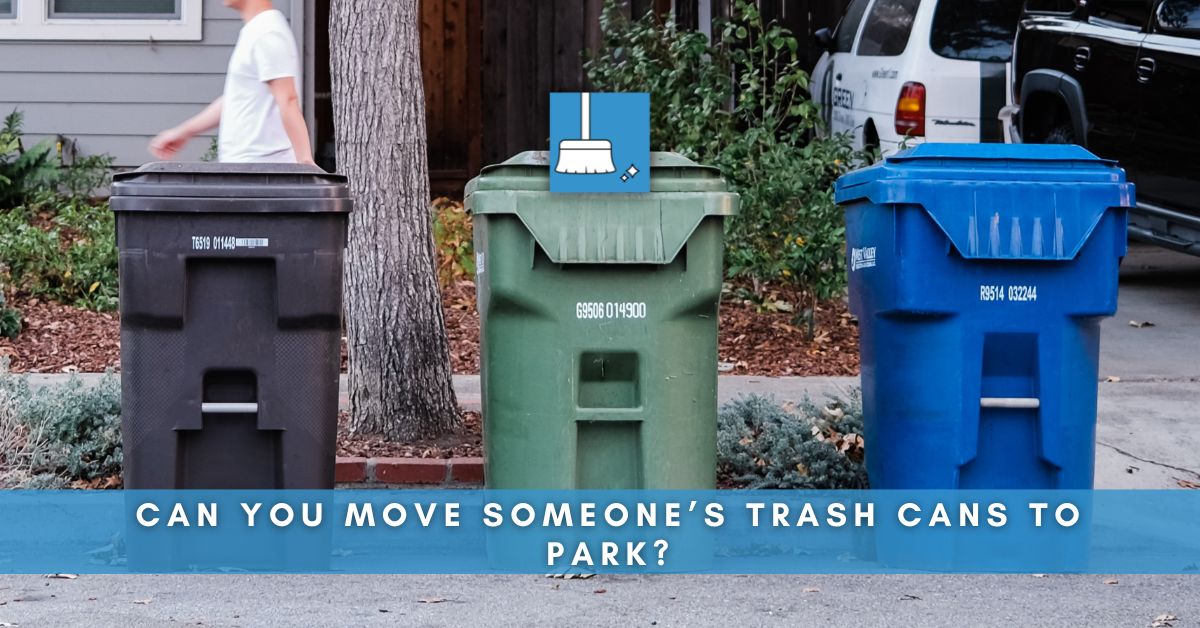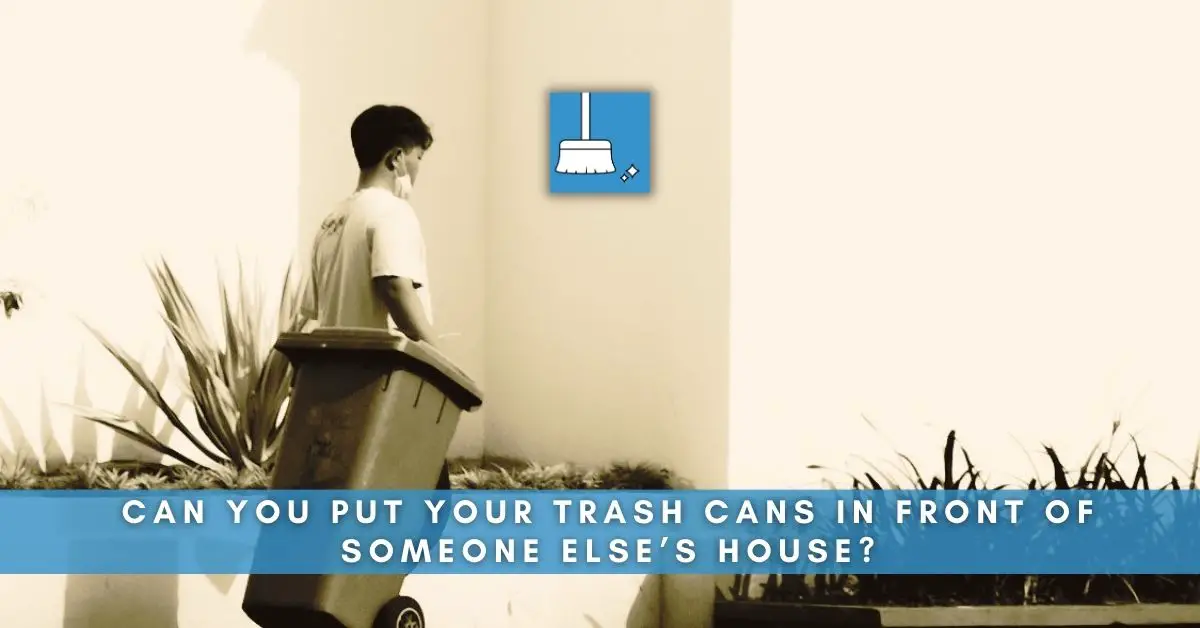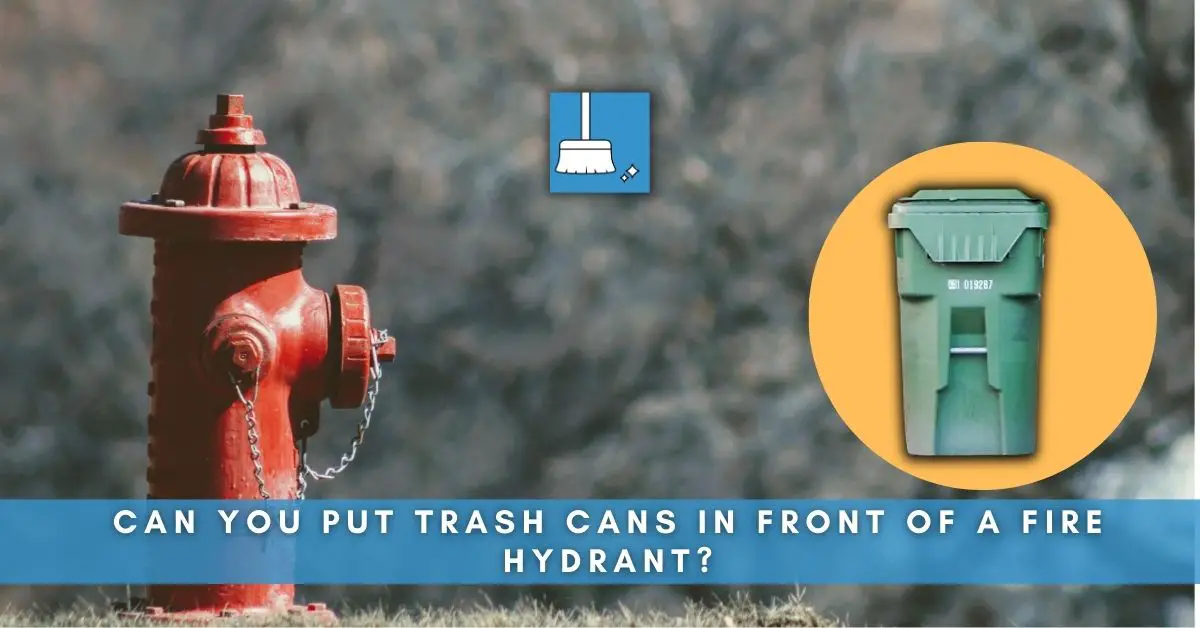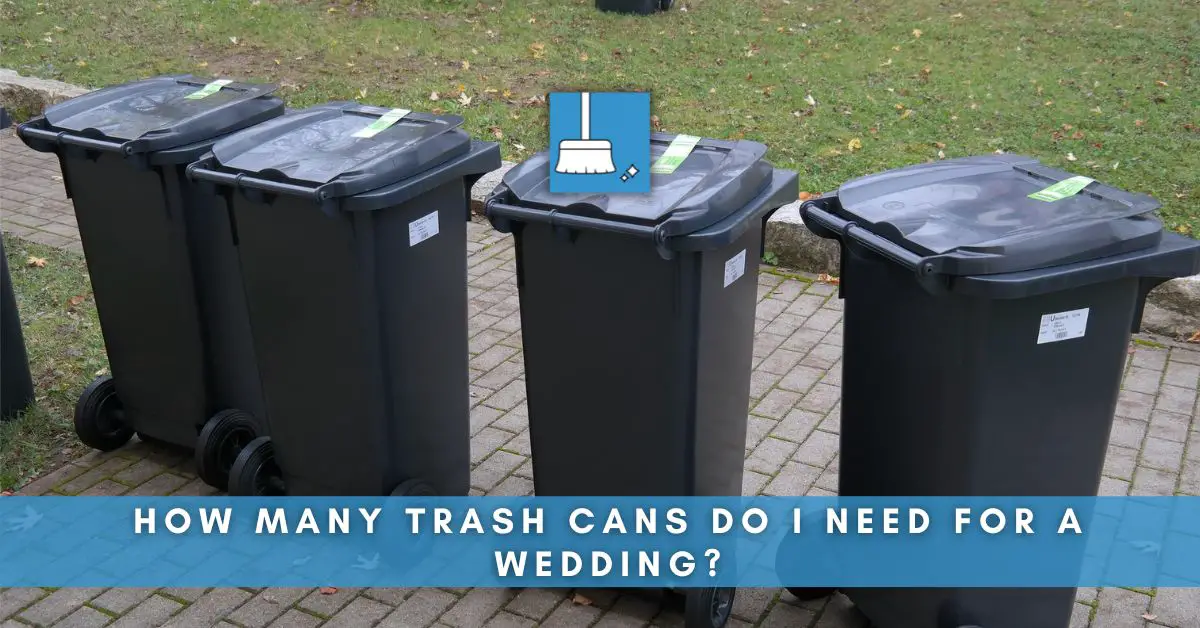While most of us are familiar with the traditional black trash cans, you may have noticed a growing number of blue trash cans popping up in public spaces. So, what are these blue trash cans for?
The Purpose and Importance of Blue Trash Cans
The Blue Trash Cans play a pivotal role in waste management and recycling, which is integral to safeguarding our environment.
These cans are typically used for dry, non-compostable waste. This waste category primarily includes materials like plastics, metals, and glass, which could potentially be recycled and repurposed.
But it’s important to check with one’s local waste management authority for precise guidelines as this can change from region to region.
Understanding the function of these blue cans contributes enormously towards efficient waste segregation and contributes to the welfare of our planet, minimizing the impact of hazardous waste and introducing the potential for the reuse of materials.
When waste is sorted correctly, it makes it easier for recycling facilities to process and convert these materials into new products. Furthermore, it also reduces the volume of waste ending up in landfills, which contributes to lower greenhouse gas emissions.
Accepted Materials for Blue Trash Cans
While the types of items accepted in blue trash cans can vary by location, they typically include:
- Aluminum foil products: These are transformed back into aluminum that can be used to produce various products.
- Cans: Aluminum, steel, and bi-metal cans are all recyclable.
- Glass bottles and jars: These can be melted down and reformed into new glass products.
- Plastic bottles, containers, tubs: These are processed and turned into a variety of plastic products.
- Cardboard and paper: These are normally recycled into new paper and cardboard products.
Other Uses of Blue Trash Cans
# Blue Trash Cans for Yard Waste and Organic Materials
In some municipalities, Blue trash cans are specifically designated for the disposal of yard waste and other organic materials.
Waste Management and other major waste services use these blue-colored containers for easy identification and proper sorting of green waste. The materials typically suitable for blue cans include grass cuttings, leaves, wood chips, and small branches.
Proper Usage and Disposal of Green Waste in Blue Trash Cans
The proper usage of blue trash cans is key to effective waste management. Here are a few important tips to remember:
- Do not dispose of any non-organic or harmful substances like plastic bags, glass shards, or any non-biodegradable waste in blue trash cans.
- Only place yard waste in your blue cart. Make sure that it fits within the cart, as overflowing can prevent collection.
- Never use blue trash cans for household garbage or recyclables.
- Check with your local waste management provider for specific regulations within your community.
Examples and Guidelines for Using Blue Trash Cans for Specialized Waste
The correct usage of the blue bin should be pretty straight forward, but here are a few key rules to remember:
1- Make sure to empty and rinse food containers before tossing them into the blue bin. Leftover food residue can contaminate the entire recycling batch and render it useless.
2- Avoid placing hot beverage cups and black plastics in the blue bin. These items are generally not recyclable and should go into the regular waste container.
3- VHS tapes, chains, hoses, and electrical cords should not be placed in the blue bin as they can cause damages to recycling machinery.
4- Textile or clothing items are not suitable for the blue bin. They can be donated or put into a dedicated textile recycling bin.
Preparation of Materials: Rinse out containers and make sure all paper is dry and free from food debris. Wet or soiled paper can not be recycled.
Dos and Don’ts for Using Blue Trash Cans
Do: Put all recyclable materials in the blue bin. Items that are commonly accepted include paper (newspapers, magazines, cardboard), plastic bottles and containers, and metal cans.
Don’t: Include non-recyclable items. Generally, glass, foam, and plastic bags are not accepted in blue cans. Remember, each city may have different recycling guidelines, so it’s crucial to check with your local service.
Maximizing the Effectiveness of Blue Trash Cans
To maximize the effectiveness of your recycling efforts, ensure that you are familiar with your area’s specific rules and guidelines.
Educate others in your home or workspace to make sure everyone is on the same page.
Finally, remember that proper recycling is just one aspect of responsible waste management. Reducing and reusing should always be your first steps.
References
https://www.cityoflaramie.org/1196/Single-Stream-Blue-Lidded-Cart-Accepted-
https://www.miamidade.gov/global/solidwaste/home.page
https://gyr.fortlauderdale.gov/greener-government/recycling-waste-reduction/recycling-in-fort-lauderdale/curbside-residential-recycling/recycling-faqs
https://www.hernandocounty.us/departments/departments-n-z/solid-waste-and-recycling/faq
https://www.fortworthtexas.gov/departments/code-compliance/solidwaste/recycling

